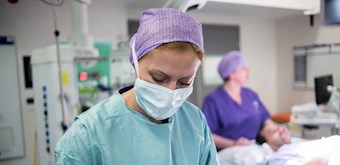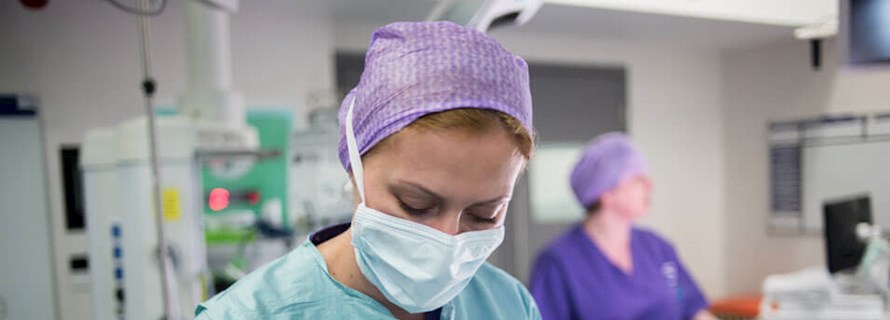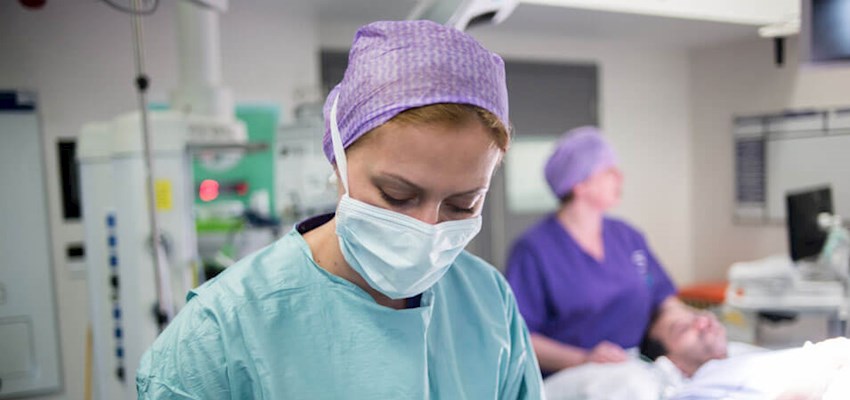Post-pregnancy abdominal wall separation
Tummy muscles separating after pregnancy and child birth
Abdominal wall separation is a common post-natal condition that can be treated with exercise or surgery from HCA UK.
About abdominal wall separation
As your womb grows during pregnancy, it pushes apart your abdominal muscles. This causes them to stretch and weaken. Sometimes they can separate completely as they make room for your baby to grow. This is relatively common and is called abdominal wall separation or diastasis recti. It may also be called divarication.
Need to know
-
Post pregnancy symptoms icon plus
Women who are pregnant with twins or through IVF are more likely to experience abdominal wall separation due to an increased bump size, as well as those who have had multiple pregnancies.
You’re less likely to notice symptoms during pregnancy, but after pregnancy it’s easy to check by lying flat on your back with legs bent and your head and shoulders raised. If a ridge appears running down the middle of your tummy, this is the contents of your abdomen pushing up through the muscles
Often, this can be treated with exercises, however more extreme cases may benefit from surgery called abdominoplasty (tummy tuck). -
Diagnosing abdominal problems post pregnancy icon plus
After checking yourself, have a chat with your health visitor, GP or consultant, who will be able to double check using a similar method and give a proper diagnosis. They may give you some simple exercises to do, refer you to a physiotherapist for further support, or even recommend surgery.
If it is diagnosed as divarication, look after yourself by avoiding strenuous activity and heavy lifting and bending.
If your consultant can see that abdominal muscle weakness is affecting your ability to carry out daily activities, or the condition is causing you distress, they may recommend a surgical treatment called abdominoplasty (tummy tuck). -
Potential treatment options icon plus
The usual way to treat abdominal wall separation is with regular pelvic floor and deep stomach muscle exercises.
If surgery is recommended it will be carried out under general anaesthetic, which means you'll be asleep. It takes two to five hours and you’ll be cared for in hospital for at least a couple of nights afterwards.
Tummy tucks can be quite painful, so you'll be offered pain relief while you're in hospital. Be prepared to use pain relief for a few weeks afterwards as your body recovers from the operation. Your consultant will let you know when you can get back to your usual routine, but it usually takes up to six weeks to fully recover.
Our consultants
We're proud to work with leading experts across a range of medical fields, whose skills are matched by their integrity and compassion.




Our facilities
From complex surgery to straightforward procedures, we provide exceptional care across our network of hospitals, outpatient centres and specialist clinics.
Book an appointment
Our team can help with any enquiries or you can make an appointment with one of our experienced consultants.
Call us today
020 7079 4344
This content is intended for general information only and does not replace the need for personal advice from a qualified health professional.